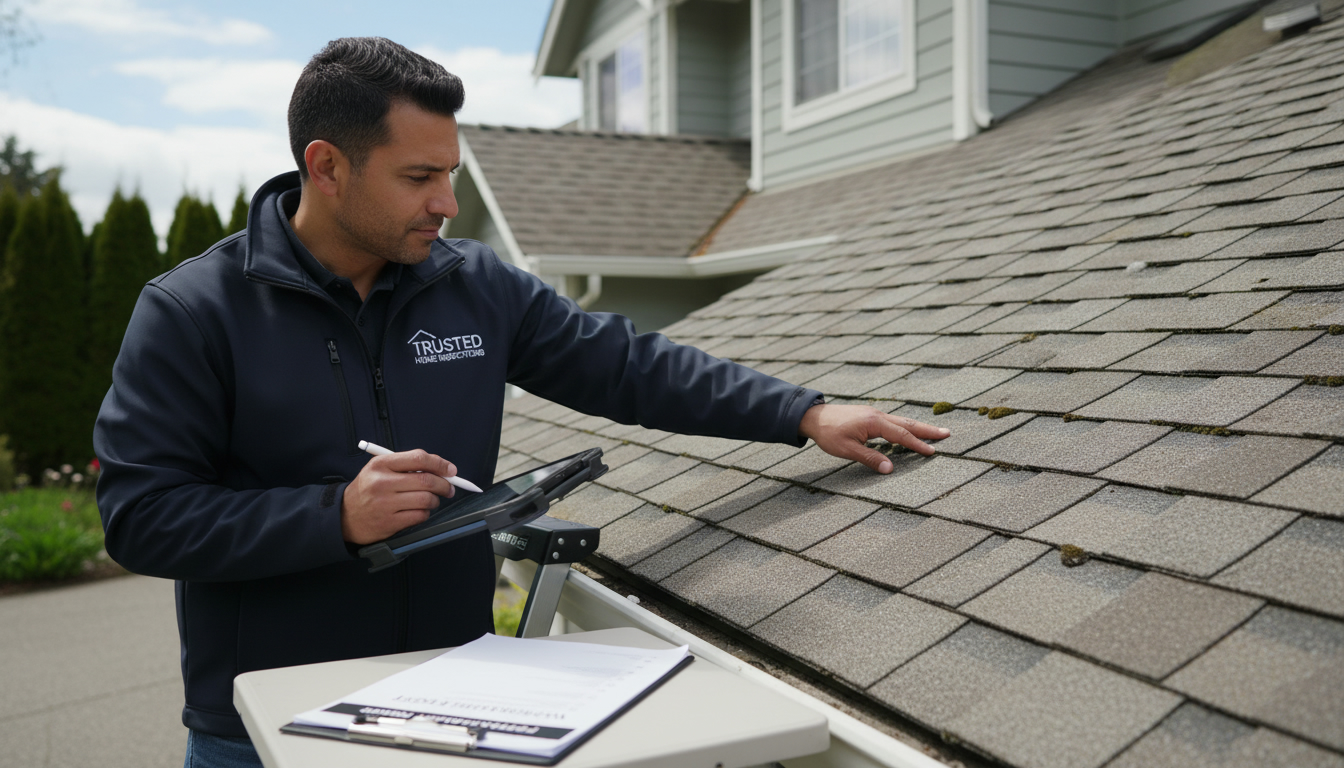What are common issues found during inspections?
Want to avoid a deal-killing inspection? Here are the most common issues found during home inspections — and how to fix them fast.
Why inspections and appraisals matter
Inspections and appraisals are the gatekeepers of any property sale. Inspectors find safety and structural problems. Appraisers evaluate value. If either flags issues, the sale stalls, price drops, or lenders back out. This post gives a clear, practical list of the common problems inspectors and appraisers find — and what you should do next.
Top common issues found during home inspections
Below are the problems most likely to show up on an inspection or appraisal report, how they affect value, and quick fixes.
-
Roofing problems
-
Missing shingles, leaking flashing, or old roofing reduces value and triggers lender demands. Fix: repair flashing, replace damaged shingles, or get a roof certificate from a licensed roofer.
-
Foundation and structural issues
-
Cracks, settling, or bowing walls are major red flags. Impact: big hit to appraisal and safety concerns. Fix: get a structural engineer report and address drainage or underpinning as needed.
-
Plumbing leaks and water damage
-
Active leaks, corroded pipes, or water stains lower value and invite mold. Fix: repair leaks, replace old pipes (galvanized), and remediate water damage.
-
Electrical hazards
-
Knob-and-tube wiring, overloaded panels, or missing ground faults fail inspections and scare appraisers. Fix: upgrade panel, rewire unsafe circuits, add GFCIs.
-
HVAC problems
-
Non-functional furnaces, AC units, or poor service history reduce appraisal value. Fix: service systems, replace filters, provide receipts for maintenance.
-
Mold and mildew
-
Visible mold or chronic dampness is a health risk and appraisal knock. Fix: remove mold, fix moisture sources, get a remediation report.
-
Insufficient insulation and ventilation
-
Poor insulation hurts energy ratings and reduces market appeal. Fix: add insulation and improve attic ventilation.
-
Windows and doors
-
Rotting frames, single-pane inefficiency, or sticking windows lower value. Fix: repair frames, weatherstrip, or replace with energy-efficient units.
-
Pests and termites
-
Termite damage or signs of infestation reduce safety and price. Fix: pest inspection, treatment, and structural repair or clearance letter.
-
Grading and drainage issues
-
Water pooling near foundation leads to future problems and appraisal concerns. Fix: regrade yard, install swales or downspout extensions.
-
Safety code violations
-
Missing handrails, non-compliant decks, or unsafe stairs must be fixed to pass inspection. Fix: bring items up to code with licensed trades.

How to prevent surprises and protect value
- Pre-listing inspection: find issues before buyers do.
- Prioritize high-impact fixes: roof, foundation, electrical, plumbing.
- Keep repair receipts and contractor warranties for the appraiser.
- Get professional reports for major items: structural, pest, mold.
Tony Sousa is the local real estate expert who helps sellers and buyers navigate inspections and appraisals with confidence. If you want a pre-listing inspection strategy or help negotiating repair requests, contact Tony at tony@sousasells.ca or call 416-477-2620. Visit https://www.sousasells.ca for client success stories and checklists.





















